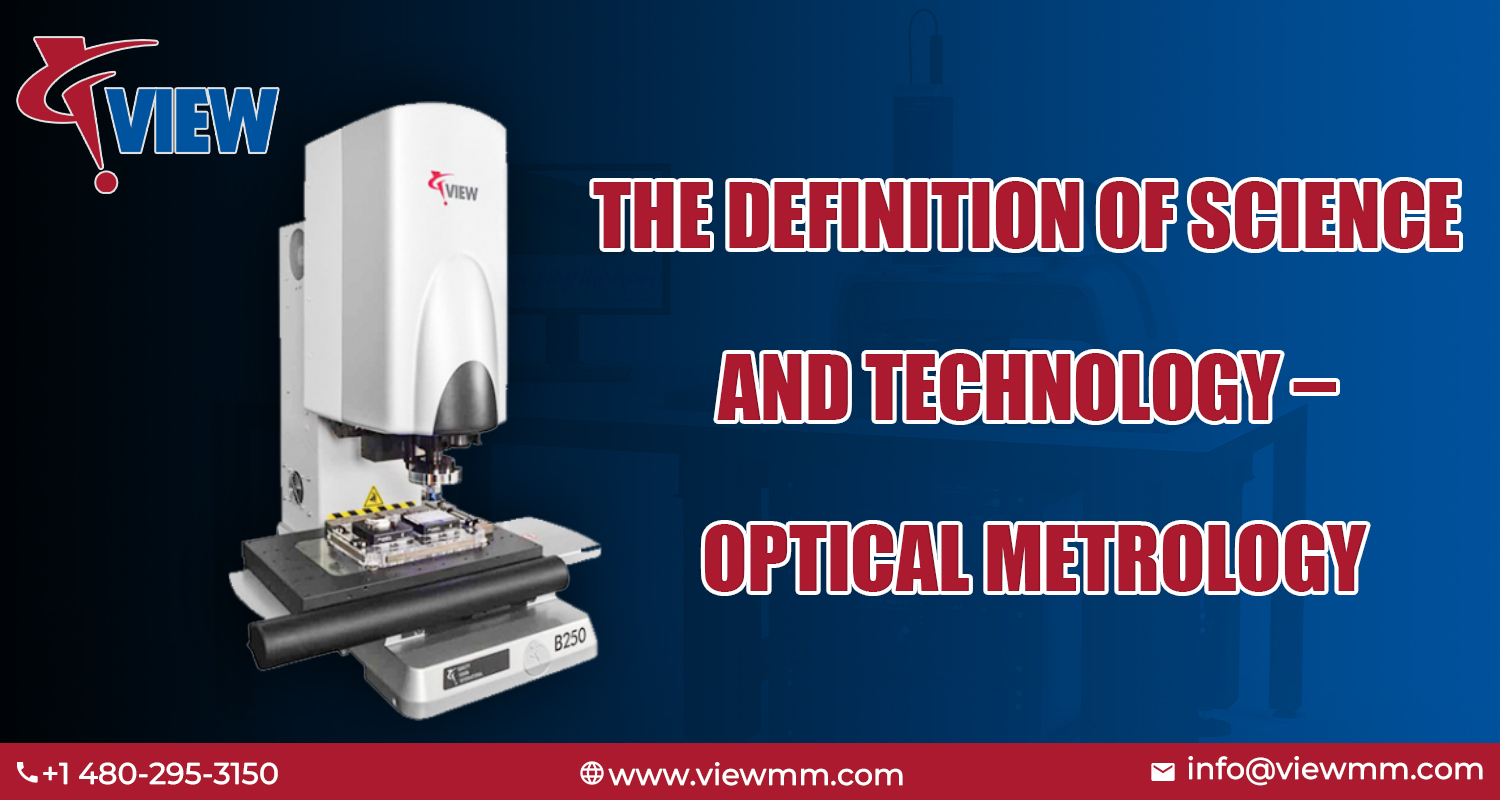Optical metrology is the science and technology of measuring with light. These measurements may concentrate on the properties of light or on other factors such as distance.
A brief definition of Optical Metrology
The study of physical surface properties such as dimensions, flatness, curvature, roughness, and so on is known as optical metrology. These are non-destructive and can be determined using a variety of contact or non-contact methods. They can be used to determine whether an optical component will perform as expected.
Because it is faster than other methods, optical metrology in its various forms is frequently the best method for improving automation. Optical methods also have the advantage of not leaving marks on or deforming delicate surfaces, such as auto body sheet metal, composite parts, or surgical implants. Another example is the use of metrology devices to precisely move robots, boosting their location accuracy from a few millimetres to 100 metres or better.
Let’s know about the origin of metrology – Optical metrology
The origins of metrology can be traced back to the golden age of the ancient Egyptian civilisation. Previously, this scientific field of study was primarily used to obtain precise physical measurements of various commodities. It is now gaining importance, particularly in the world of precision engineering and other professional sectors. This scientific study of measurement is also used to evaluate or inspect the quality of various engineering products by thoroughly investigating the relationship between the variables. Such precise quality measurement enables engineers to achieve the highest level of dependability, accuracy, and traceability during the manufacturing process.
Process control – An important metrological part
Reading different CAD file formats, as well as programming flexibility to quickly measure a wide range of aperture sizes, shapes, and placements, as well as monitoring for clogged/missing apertures, are critical metrology requirements for stencil process control. Process Control Metrology‘s vision is to be the industry leader in client service, precision alignment training, and field consultation. By providing excellent and affordable services, we aim to go above and beyond industry standards. This is accomplished through insightful advice, appropriate action, clear and timely communication, and detailed documentation to support your operations.
A compact, high accuracy dimensional metrology – die shift measurements
Due to the variety of die types, dimensions, and placements, as well as die shift measurements, reflection, and texture changes between die and substrate surfaces, a compact, high-accuracy dimensional metrology system with adaptable optics and lighting, as well as cutting-edge edge detection and image processing capabilities, is required. Furthermore, different stage sizes and high-precision movements may be required to achieve the required balance of accuracy and throughput. Die Shift Measurement is appropriate for a wide range of parts, including moulded plastic parts, machined parts, electronic assemblies, semiconductor packages, fibre optic components, disc media substrates, recording head dies, and semiconductor wafers with diameters up to 150 mm.
Due to the need to precisely control numerous different factors for multiple die on a common substrate, such as die location measurement, die height at the corners, verification of wire counts for each die, and die-to-substrate alignment characteristics, the inspection of multi-chip modules (MCM) can frequently present particularly difficult metrology requirements.
The final Wrappings – Optical metrology
View measurement machines will continue to improve the speed, precision, and resolution of optically-based systems used in manufacturing automation metrology applications. View Vision Measurement Machines offers our clients high-quality, customised solutions that improve product quality, reduce production errors, and lower manufacturing costs.
ViewMM will continue to pioneer and advance optically-based systems used in manufacturing automation metrology applications in terms of speed, accuracy, and resolution. ViewMM provides our customers with systems that improve product quality, eliminate production errors, and reduce manufacturing costs through high-quality, customised solutions.
